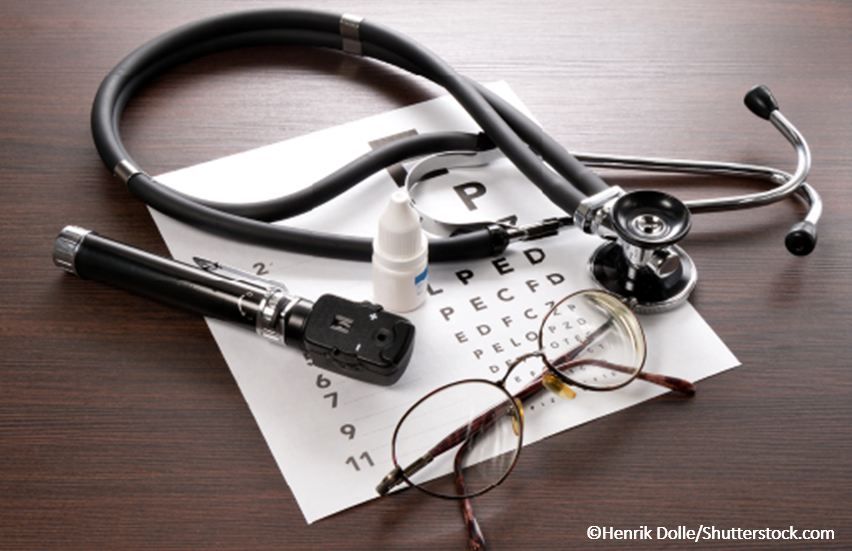Article
The Annual Eye Exam – Why so Hard?
Why can it be difficult to get diabetes patients to an eye exam? One physician offers some insight.
©Henrik Dolle/Shutterstock.com

Retinopathy is an unfortunately common complication of diabetes. It is the leading cause of blindness among US working-aged adults aged 20 to 74 years. An estimated 4.1 million Americans are affected by retinopathy and 899 000 by vision-threatening retinopathy. Regular dilated eye examinations are recommended for all patients with diabetes in order to diagnose and treat the retinopathy and prevent loss of vision.
It is difficult, however, to both get patients to have it done and to get documentation that it has been done.
First of all, patients do not always recognize the importance of the exam. They will say, “But my vision is fine,” and I explain that they do not want to wait until it affects their vision. Others tell me that they have had an exam, but all they have really had is a test of visual acuity, often by an optometrist. Some do not want the dilated exam because you cannot drive after your eyes have been dilated and they do not have anyone to take them to the eye doctor. Some are concerned that the exam will not be covered because they do not have a vision plan. I explain that their medical insurance should cover the dilated exam as part of the management of their diabetes even if it does not cover refraction. Then there are those patients who just lose track of time. “Oh I just went,” yet when we call the ophthalmologist’s office to get a copy of the report, it turns out it has been over year.
Which brings me to the second issue: Getting those reports.
Sometimes we get them, sometimes we do not, and sometimes they are sent only to the primary care physician. Some of the reports I do get are great. “Impression: type 2 diabetes mellitus with mild non-proliferative retinopathy on the left without macular edema.” God bless you, sir. I can actually document that and there is an ICD-10 code for it, too. Others are copies of the note, with check marks and abbreviations and diagrams and something written on the bottom in the stereotypical doctor’s handwriting. Seeing “return in 1 year” under the plan is reassuring, but does not tell me what the findings were.
There are tools available to make screening for retinopathy possible for those who either will not or cannot go to the ophthalmologist. Retinal cameras can be used and the images read remotely by an ophthalmologist. They are definitely not a replacement for a dilated exam but are better than nothing and if there is an abnormality, it may be the impetus needed to get the patient to the ophthalmologist. Cost, of course, is an issue and one would need to verify that, indeed, the patient has not had a recent exam or else risk insurance non-payment for use of the camera. Having one in our office is an idea I have toyed with on and off over the years, but I have not taken the plunge yet. I am going to look at the numbers again and decide if it is worth doing and I encourage you to do the same.





